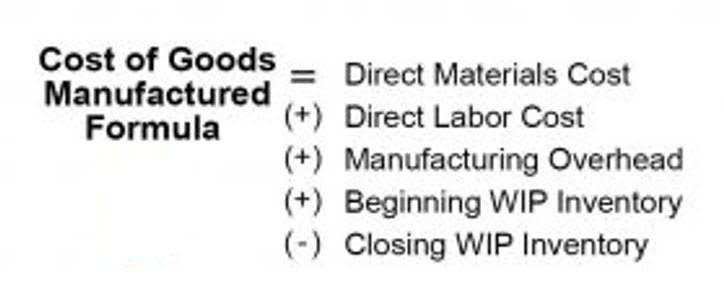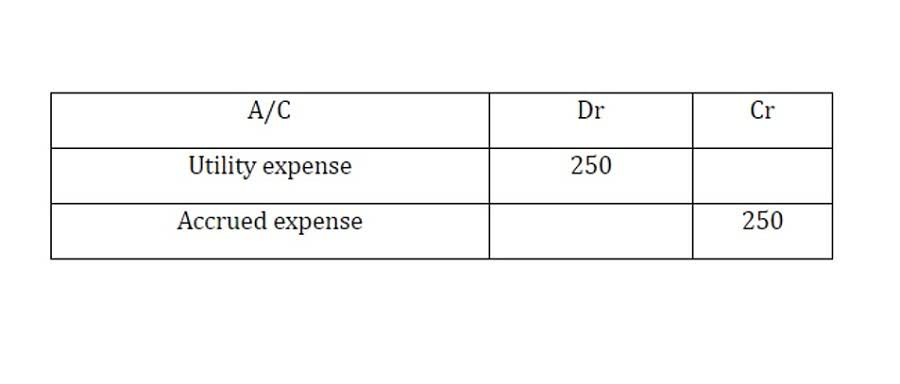10 4 Flexible Budgets Financial and Managerial Accounting

They are dynamic and can be modified to reflect changes in business conditions. Static budgets are fixed financial plans that do not change with variations in activity levels. Flexible budgets, on the other hand, adjust based on actual activity levels, providing a more responsive and accurate reflection of financial performance. Overall, real-world examples demonstrate that a flexible budget may be prepared the choice between static and flexible budgets depends on the specific needs and conditions of the business. While static budgets offer stability and control, flexible budgets provide the adaptability required in dynamic environments. The optimal approach often involves a combination of both, tailored to the unique operational challenges and opportunities faced by the organization.

What are the key points to remember about static and flexible budgets?

This yields price per unit of $6.00, material cost per unit of $2.00, labor cost per unit of $1.50 per unit and variable factory overhead of $0.80 per unit. These figures are then multiplied by actual units sold i.e. 40,000 units to obtain flexible budget revenue and variable costs. When a flexible budget is adjusted to actual activity level, we call it a flexed budget. It is the budget which would have been prepared at the beginning of the period, had the management known the exact actual output.
- But when things aren’t going well, businesses need to make tough decisions on what to cut.
- Leed Company’s manufacturing overhead cost budgetat 70% capacity is shown below.
- It promises greater responsiveness to real-world changes and more informed decision-making, according to industry analysts.
- Flexible budgets offer adaptability to varying activity levels and improved accuracy in performance evaluation.
- While straightforward, it has limitations because it doesn’t account for indirect or overhead costs.
- A business is expecting to sell 10,000 units in a quarter and builds budgets based on this assumption.
Why is budgeting important for financial planning and control?

Ultimately, a flexible budget may be prepared to empower organizations to navigate the future with greater confidence and agility, ensuring long-term sustainability and success. While it requires commitment and investment, the ability to adapt quickly and make informed decisions based on real-world data is a critical advantage in today’s competitive landscape. Some companies use simple spreadsheet models to adjust key variables, Online Bookkeeping while others employ sophisticated enterprise resource planning (ERP) systems that automate the entire process. Investors benefit from increased transparency and a more realistic assessment of a company’s financial health. Employees can be more fairly evaluated based on performance against adjusted targets. Enter Bill Spend and Expense, an expense management platform and corporate cards with cost controls that give you complete control over spending.

4 Flexible Budgets
- For example, the overhead expenses budget for a normal level of 80% activity is Rs 90,000.
- In a simple flexible budget, fixed costs stay constant whereas variable and semi-variable costs change according to a standard predetermined at the beginning of an accounting period.
- Most businesses create a static budget based off of a certain expected volume, typically taken from a financial forecast.
- The flexible budget illustration for Mooster’s Dairy was prepared after actual production was known.
- Sales activity can be measured in sales revenue, units sold, projects completed, or anything else that’s an indicator of sales volume.
- A prime example of a fixed cost is rent, especially if it’s on a long-term lease.
In contrast to flexible budgets, static budgets do not adjust for variations in activity levels, which can lead to variances that are difficult to interpret. For instance, if actual sales volume is significantly higher or lower than anticipated, the static budget may not provide an accurate basis for performance evaluation. Despite this limitation, static budgets can still offer valuable insights when used in conjunction with other budgeting methods. Static budgets may lead to inaccuracies in performance evaluation if activity levels change, while flexible budgets provide a more income statement accurate and responsive approach to financial planning. Comparative analysis shows that flexible budgets often result in better financial control and decision-making. Case studies on static and flexible budgets often highlight their effectiveness in different scenarios.
In contrast, a flexible budget adjusts according to variations in activity levels, offering a more dynamic and responsive financial planning tool. This adaptability allows businesses to better manage resources and expectations in environments with variable demand. By comparing actual performance against a flexible budget, companies can gain deeper insights into their operational efficiency. Flexible budget is budget typically in the form of an income statement that is adjustable to any level of activity such as units produced or units sold. In a simple flexible budget, fixed costs stay constant whereas variable and semi-variable costs change according to a standard predetermined at the beginning of an accounting period. Variable costs may be represented as percentages of some base figure such as number of units or revenue.

